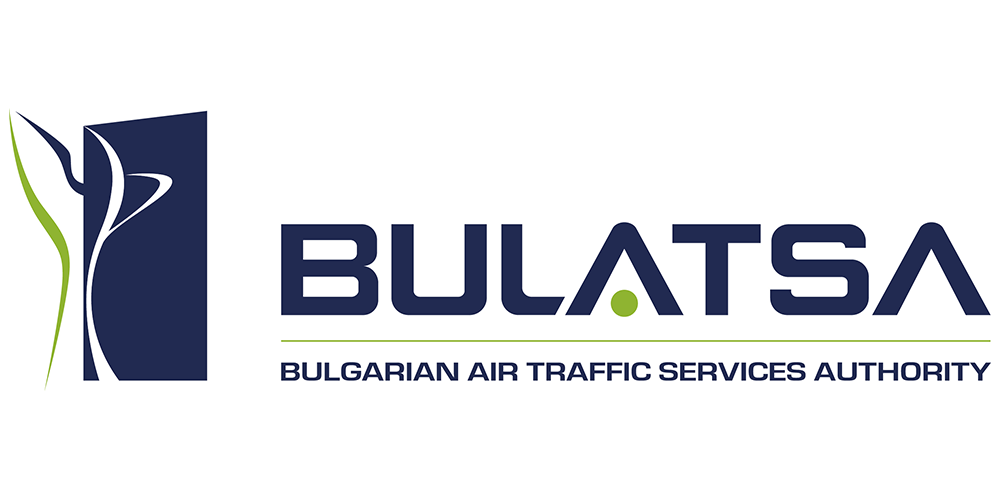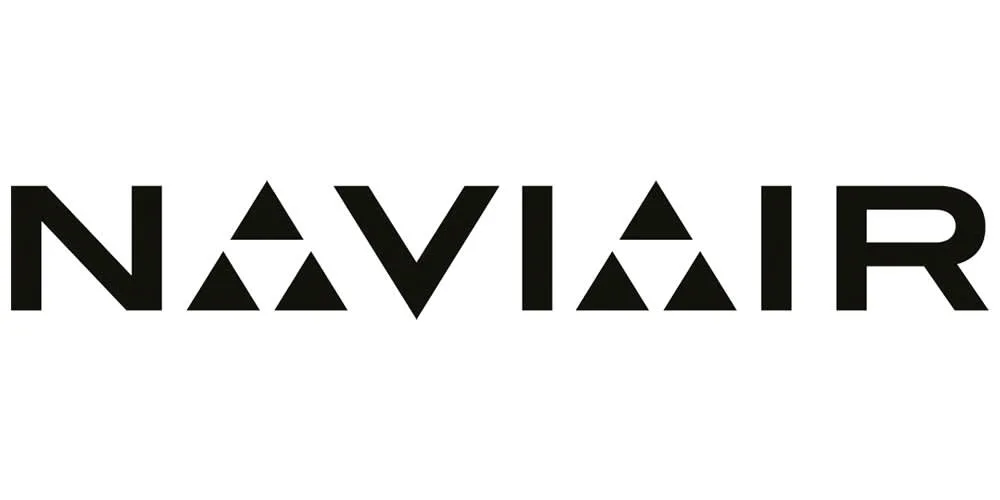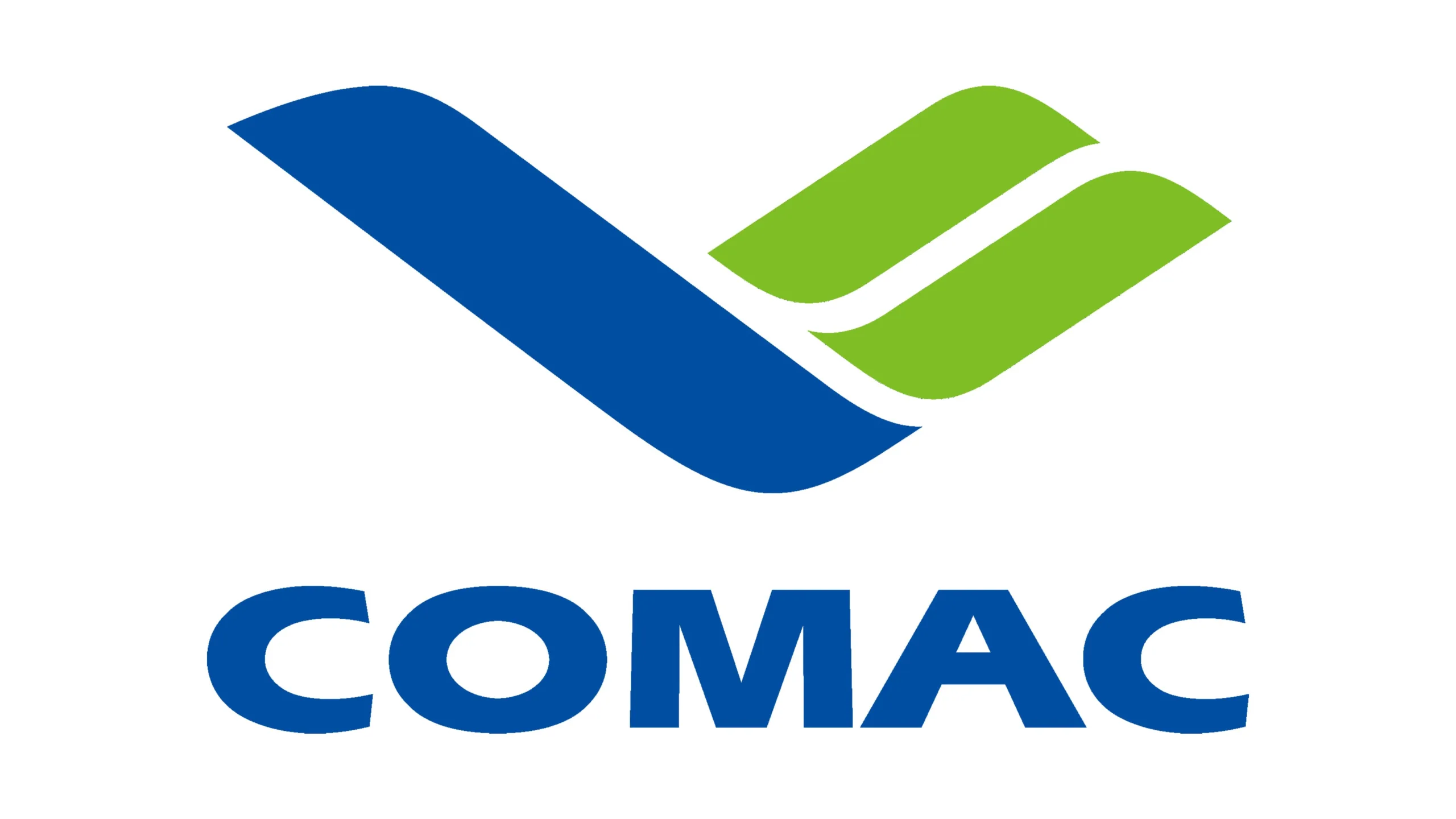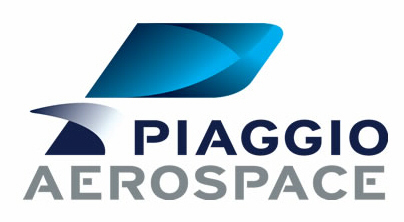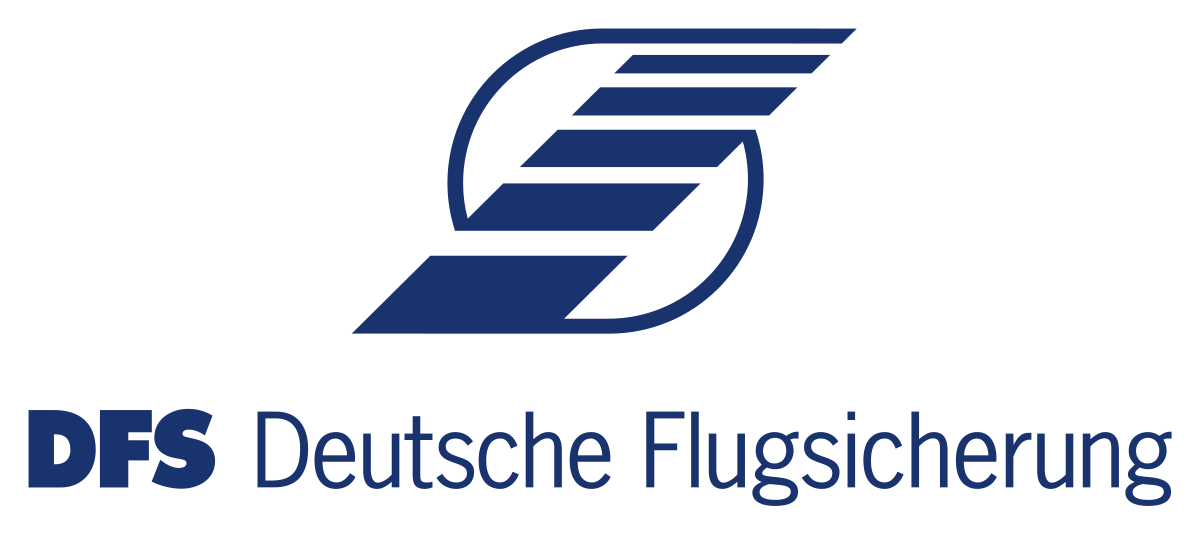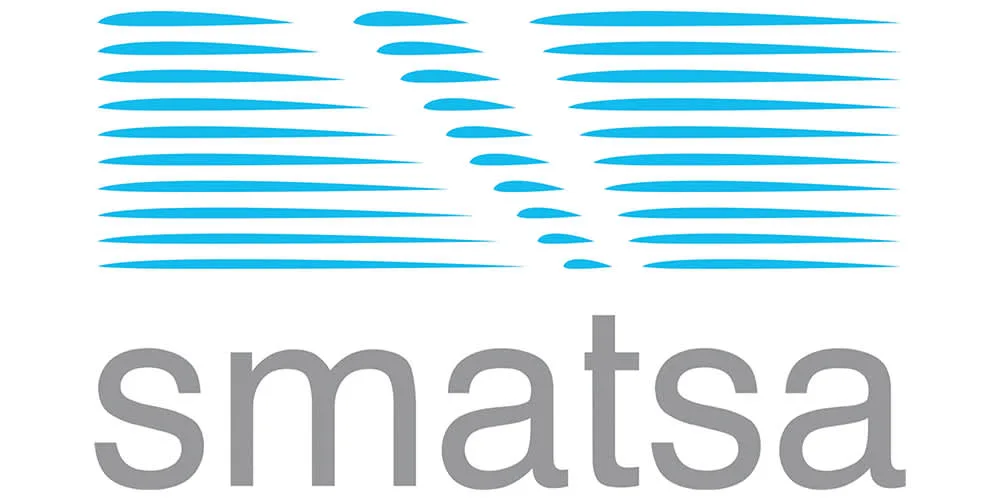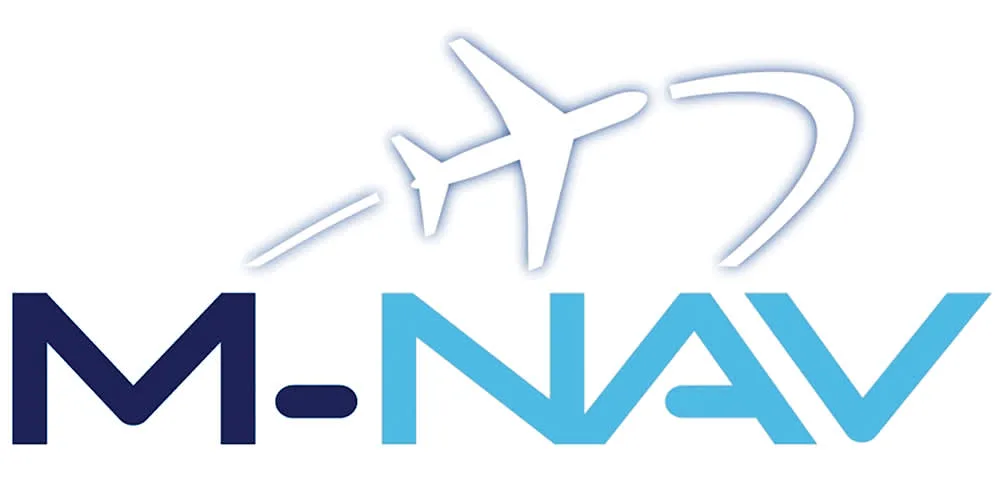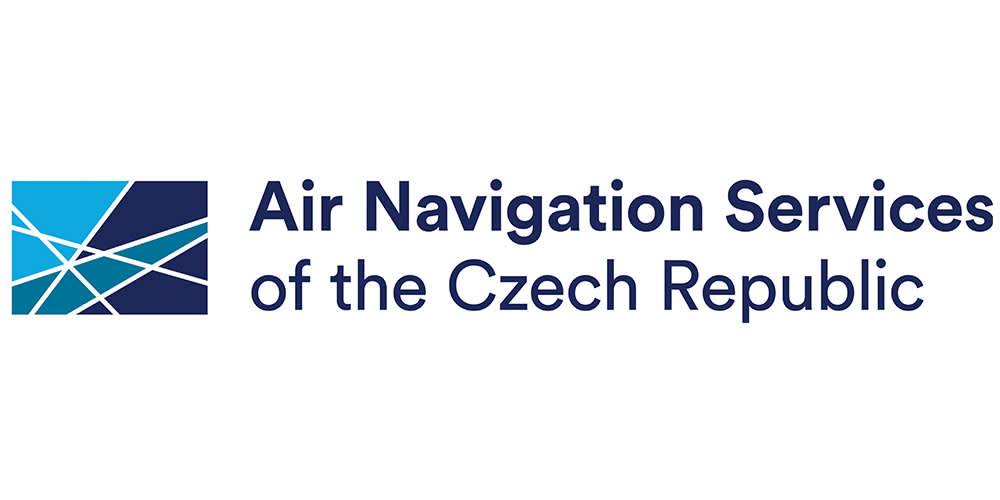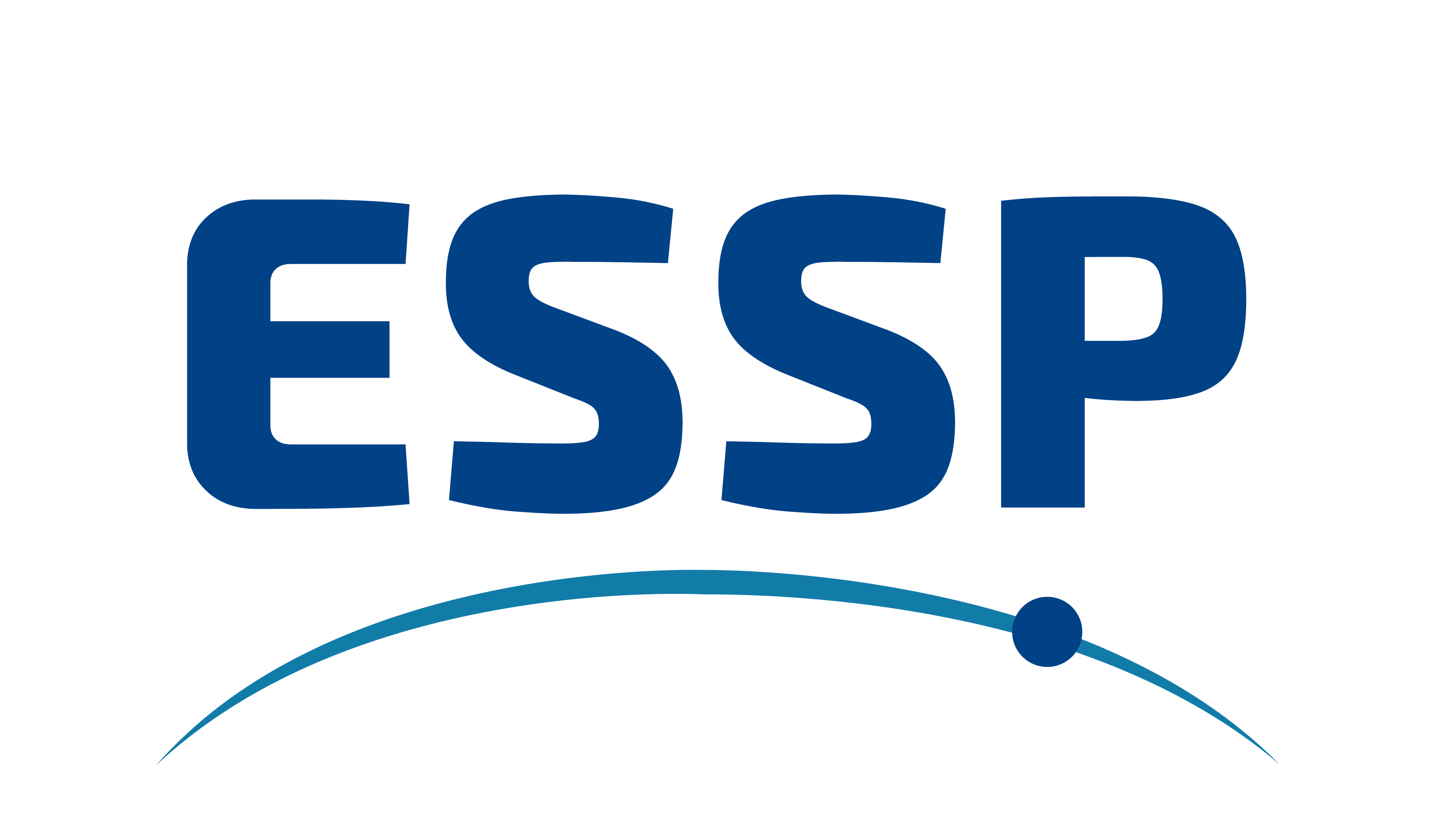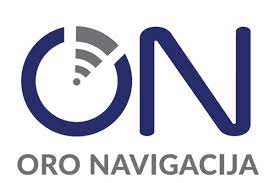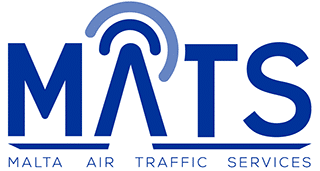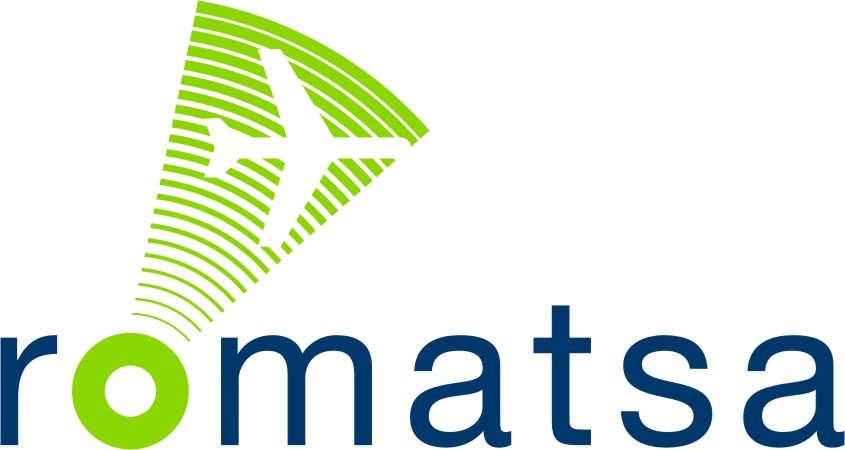
The aviation industry stands at a threshold with a shift toward more efficient, harmonized, and technology-driven systems to handle the increasing complexity and volume of air traffic. This transformation is guided by regulations like the European Commission’s CP1 mandate, which requires Air Navigation Service Providers (ANSPs) to support ATS-B2 applications. These include Controller-Pilot Data Link Communications (CPDLC) and Automatic Dependent Surveillance-Contract (ADS-C), both of which enhance communication, surveillance, and flight efficiency.
Modernisation involves replacing fragmented, legacy systems with interoperable, digital solutions such as Logon and ADS-C Common Services (LACS). The result is safer, greener, and more efficient airspace management—with centralized procedures, streamlined databases, and reduced emissions.
Why Logon Sharing Matters
Logon sharing refers to a centralized process where logon information for aircraft and air traffic control centres is managed and distributed via a common service. Rather than maintaining multiple, fragmented databases, logon sharing enables harmonized procedures in air traffic management, ensuring interoperability and streamlined communication across the entire European airspace.
Logon sharing refers to a centralized process where logon information for aircraft and air traffic control centres is managed and distributed via a common service. Rather than maintaining multiple, fragmented databases, logon sharing enables harmonized procedures in air traffic management, ensuring interoperability and streamlined communication across the entire European airspace.
Legacy vs. SWIM-Based Systems
- Legacy Systems:
- Fragmented and isolated databases
- Manual logon procedures
- Limited interoperability
- SWIM-Based Systems:
- Digital, interconnected platforms
- Real-time logon and surveillance sharing
- Seamless interoperability across ANSPs
Centralized logon sharing is a pivotal step in moving the aviation industry from legacy practices to a modern, digital system, accelerating adoption of advanced applications like CPDLC and ADS-C, and driving higher safety, sustainability, and operational efficiency.
Airtel’s Role in the Transition
Airtel’s CM Logon server bridges the gap between these two systems by centralizing logon management and simplifying legacy system integrations. This approach ensures that CM logon information is shared earlier and more efficiently, serving as a key enabler for the accelerated rollout of ADS-C EPP capabilities.
What’s Next for European ATM
Centralized logon sharing is more than just a technical upgrade—it’s a necessity as the European aviation industry moves toward fully modernized, efficient, and interoperable air traffic management.
By uniting legacy systems with SWIM-based architectures with solutions like Airtel’s CM Logon server, ANSP’s
- Accelerate ADS-C EPP adoption
- Deploy CPDLC and VDLM2 seamlessly
- Meet evolving European mandates
- Deliver safer, greener, smarter skies
To explore the operational details, scenarios, and implementation pathways, download and read the full white paper for a comprehensive guide.



